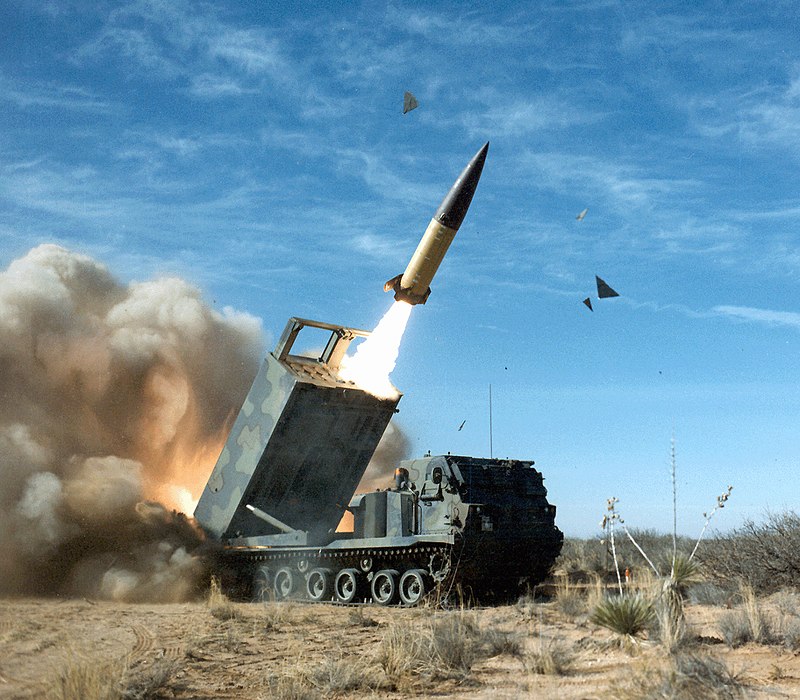
- The Russian President, Vladimir Putin, has signed a decree providing for the possibility of responding with a nuclear weapon. The fact of suffering "a mass attack" with aircraft, cruise missiles and drones can lead to the conclusion of the use of this weapon.

Ukraine has attacked Russia with ATACMS missiles provided by the United States, in the border region of Briansk, in Russia, and with Storm Shadow missiles provided by England, in the Kursk region.
Volodimir Zelenski was authorised on 17 November by US President Joe Biden to use long-range missiles to take a further step in favour of Ukraine. The election was already on the table in September and then Putin also made it clear: "This step would be a direct interference by the peoples of NATO," he added. Russia has, however, immediately responded that this is a ‘new situation’, in which Putin has signed a decree allowing him to respond with a nuclear weapon. Furthermore, Joe Biden has also been in favour of putting anti-personnel mines in the hands of Ukraine against Russian soldiers on foot.
The document with the changes made to the military doctrine has been hung on the Kremlin website. On the basis of the new criteria, Russia will be able to respond with a nuclear weapon to the attacks of the "enemies" if the attacks with conventional weapons pose "serious threats" to the sovereignty of Russia, Belarus and territorial unity. Suffering a "mass attack" with aircraft, cruise missiles and drones can open the way to the American nation.
However, in its up-to-date military doctrine, Russia confirms that it regards the nuclear weapon as "an instrument of deterrence" and that it would therefore "be an extreme measure" to be used.
Ukraine denounces the launch of a ballistic missile
On Thursday morning, the Ukrainian armed forces denounced Russia’s attack on a ballistic missile in the Crimea area. Ukraine has confirmed the launch of Astrakhan from the region, but, for the time being, Russia has not pronounced on the information. These weapons can be conventional or nuclear.